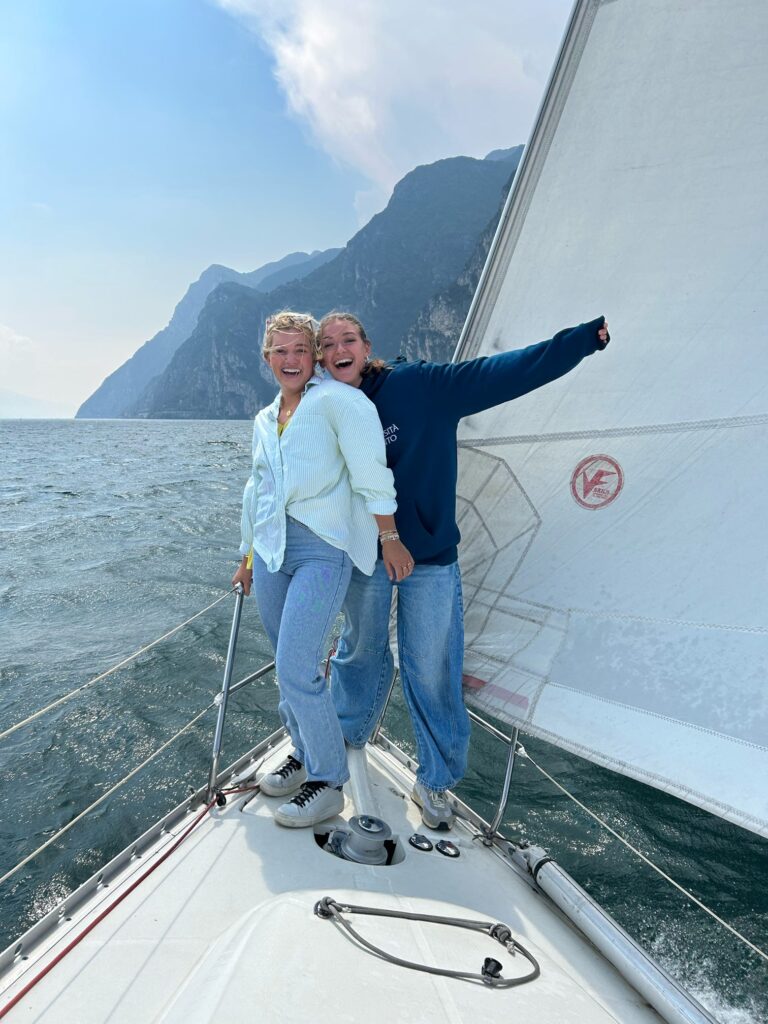We are about halfway through our trip and heading to Innsbruck next. The unique thing about this program is that all of our locations are concentrated in the same area, but they span four different countries. Some of the borders which control the modern day territories once belonged to the county we are going to visit next, and it is evident in the history told to us by the locals, the architecture, and the food. Over time, these regions evolved to develop their own unique identity separated in part by territorial lines, but also by the natural geographic borders provided by the Dolomites which rise above towns like Trento and Innsbruck.
Oftentimes, when I hear students talk about wanting to go to Europe, we talk about the big cities and the architecture that is hundreds of years old, but exploring this region through the lens of climate and water has shown my friends and I that Europe’s geographical landscape rivals that of the United States. We have found that people can ski, sail, kite surf, and mountain bike all within 30 minutes of their city by either taking a gondola up into the mountains or taking a train down to the lake. At the same time, within the city, there are walls, churches, and castles that have been a part of the region since the 13th century. Thanks to our faculty’s long standing relationship with professors and natives of the town of Trento, we were able to speak with locals about organic farming, running a business, and of course, the climate and water of the region. Next stops? Innsbruck, Venice, and Ljubljana.

